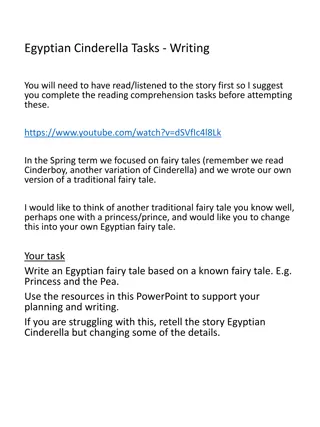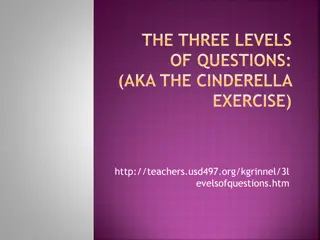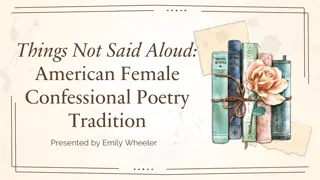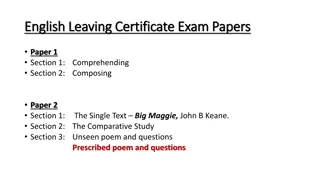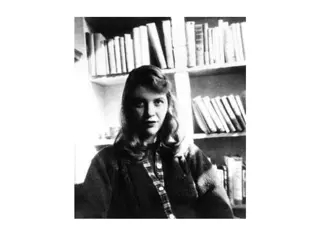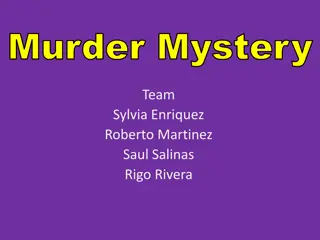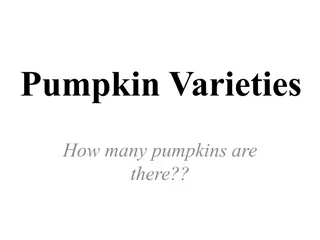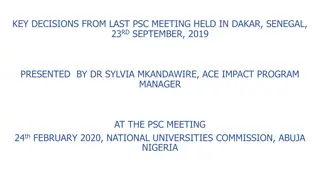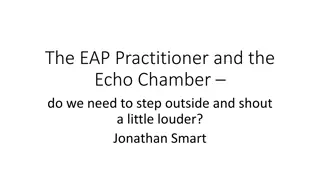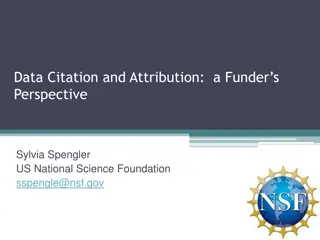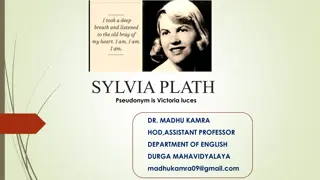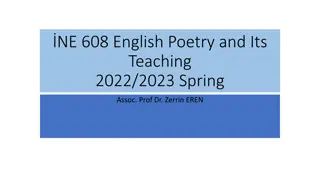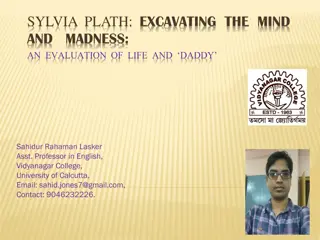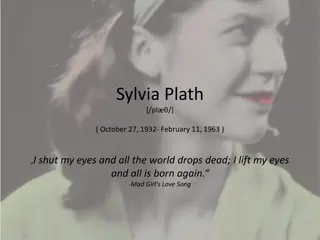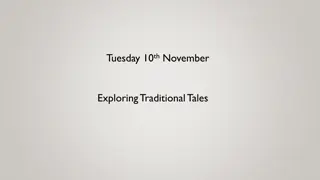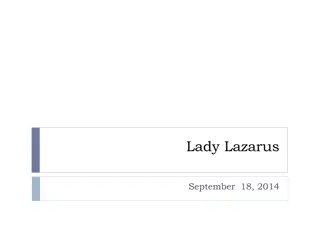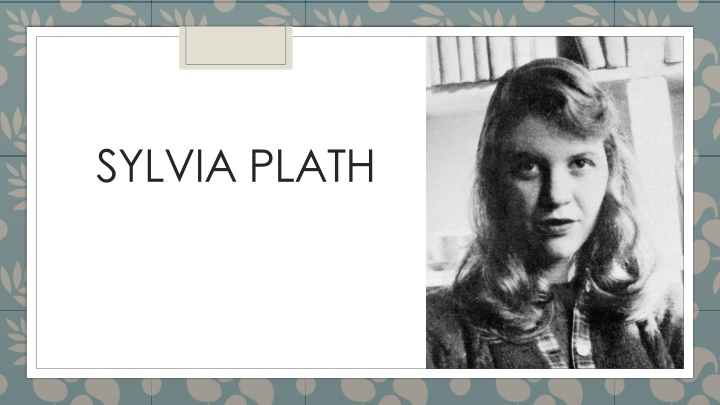
Sylvia Plath and Cinderella: Poetry Analysis and Exam Question
Discover the poetic works of Sylvia Plath and delve into an analysis of her perspective on the Cinderella fairy tale. Explore the themes of youth, beauty, and the passage of time as portrayed in her poetry. Plus, challenge your understanding with an insightful exam question on poetry appreciation and skillful techniques used by poets.
Download Presentation

Please find below an Image/Link to download the presentation.
The content on the website is provided AS IS for your information and personal use only. It may not be sold, licensed, or shared on other websites without obtaining consent from the author. If you encounter any issues during the download, it is possible that the publisher has removed the file from their server.
You are allowed to download the files provided on this website for personal or commercial use, subject to the condition that they are used lawfully. All files are the property of their respective owners.
The content on the website is provided AS IS for your information and personal use only. It may not be sold, licensed, or shared on other websites without obtaining consent from the author.
E N D
Presentation Transcript
Biography A sensitive person who tended to be a bit of a perfectionist she was what many would consider a model daughter and student - always winning the best prizes. Born in 1932 in Jamaica Plain, Massachusetts. Plath published her first poem at the age of eight. She won a scholarship to Smith College in 1950 and even then she had an enviable list of publications- she wrote over four hundred poems.
Summary This short adaptation of the Cinderella fairy tale focuses on the moment when Cinderella dances with Prince Charming at the ball. The prince leans into the girl with her scarlet heels, green eyes, and "fan / Of silver" hair as they dance together, and the violins play. Guests glide about while candles flicker on the walls, reflecting in the wine glasses of the happy partygoers.
Analysis This poem was written when Plath was young and in Smith College. It is a retelling of the moment in which Cinderella dances with her prince and hears the clock chime midnight, thus signaling the end of her magical evening. She is masterful at creating the sense of movement that Cinderella feels, through the use of words like "reels," "revolving," "slide," "gliding," and "whirling." She also sets the glamorous and romantic mood through images of candles flickering, "gilded couples," a glass hall, and sparkling wineglasses.
Analysis She captures the glorious fairytale atmosphere that has captivated little girls for centuries. However, despite the beauty and lightness of the scene, the presence of the chiming clock hangs over the poem. Cinderella, who is immersed in dancing, hears the clock chiming signaling that her time is up. She "clings to the prince" and becomes pale and "guilt-stricken." One of Plath's most frequent concerns in her poetry is the fear over the loss of youth and beauty
Exam Question The more we read poems the more we appreciate the skill and artistry of poets. a) With reference to a poem you have studied, explain where you believe the skill and artistry of the poet is mist in evidence. b) Identify two poetic techniques that you believe require skill to use in an effective way. Give examples from the poetry you have studied that show the skill of the poet at work.


